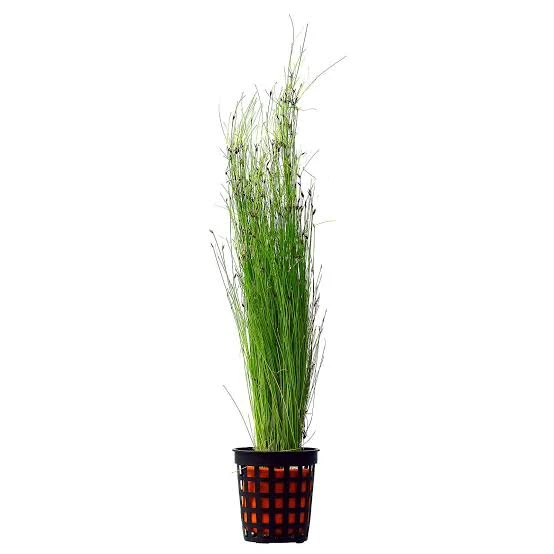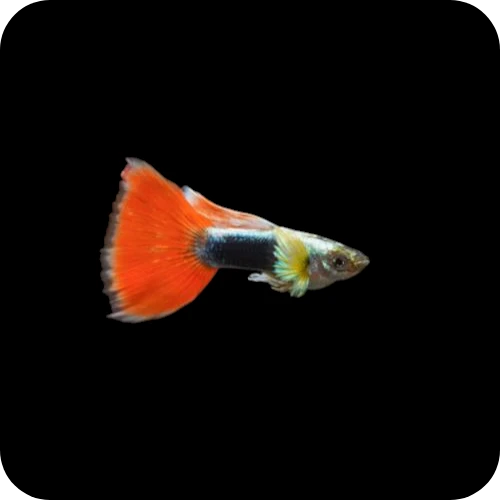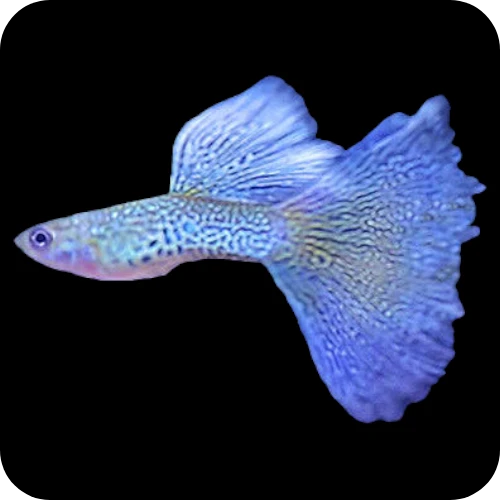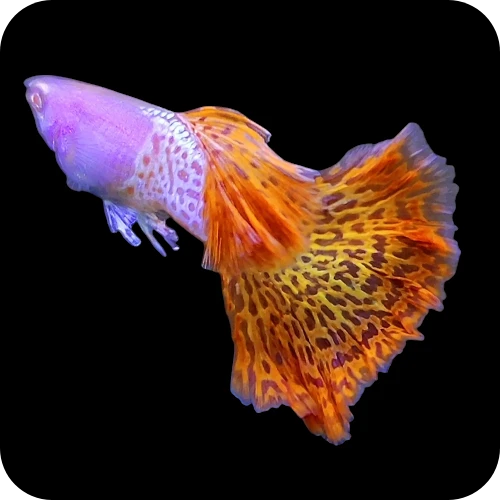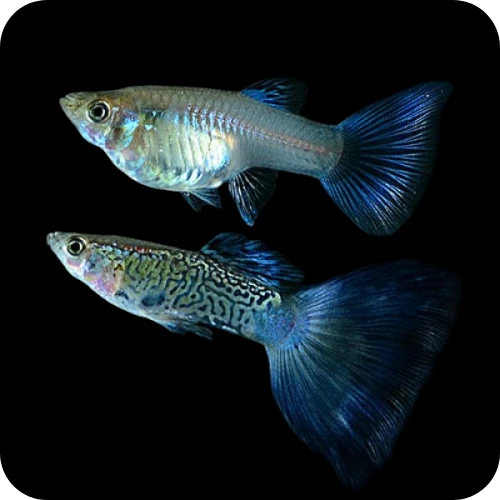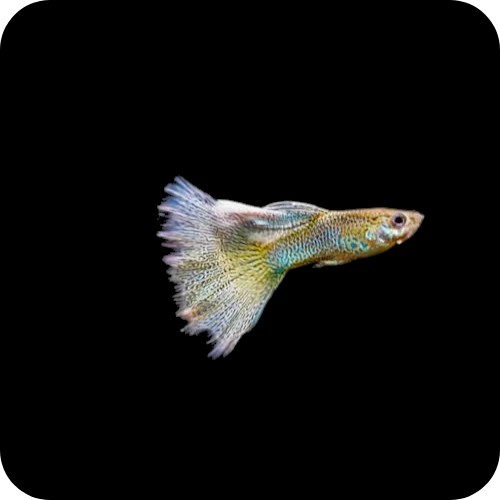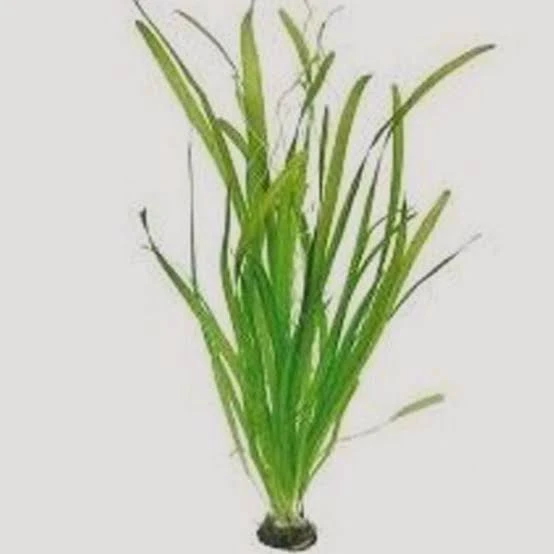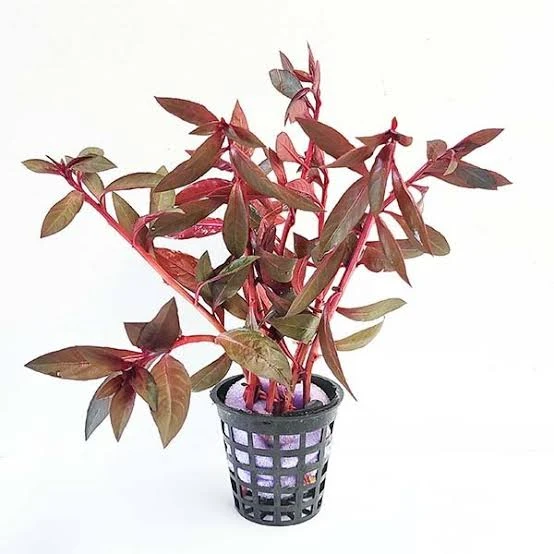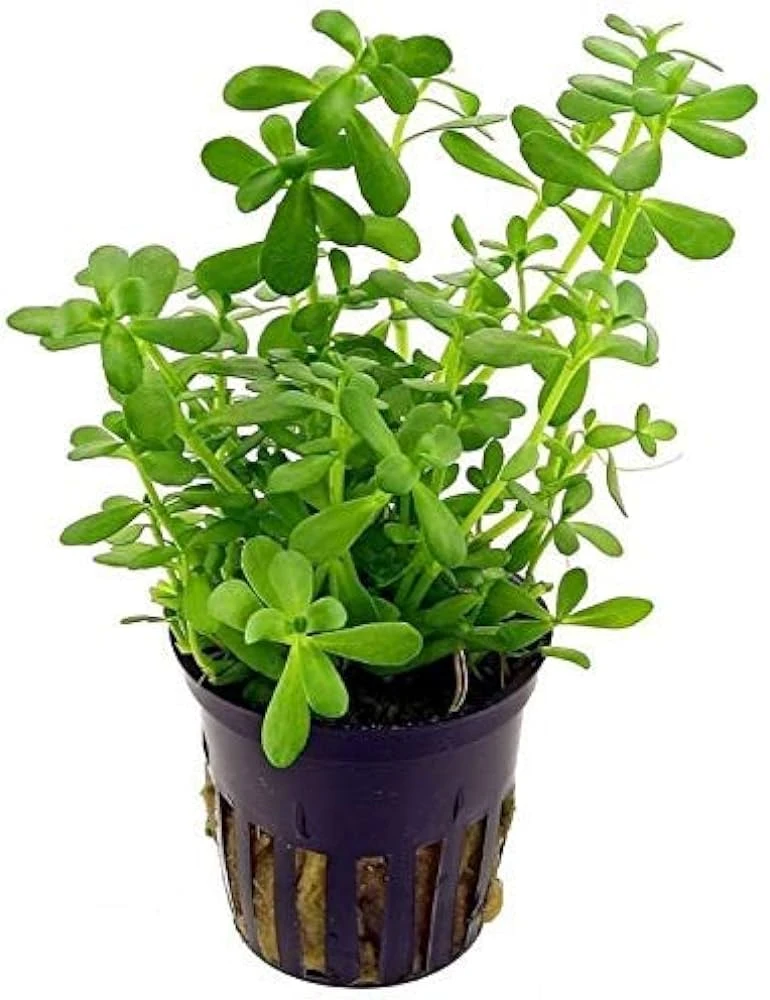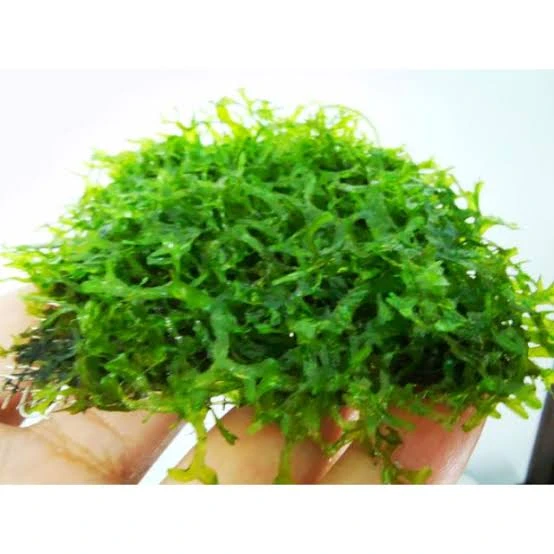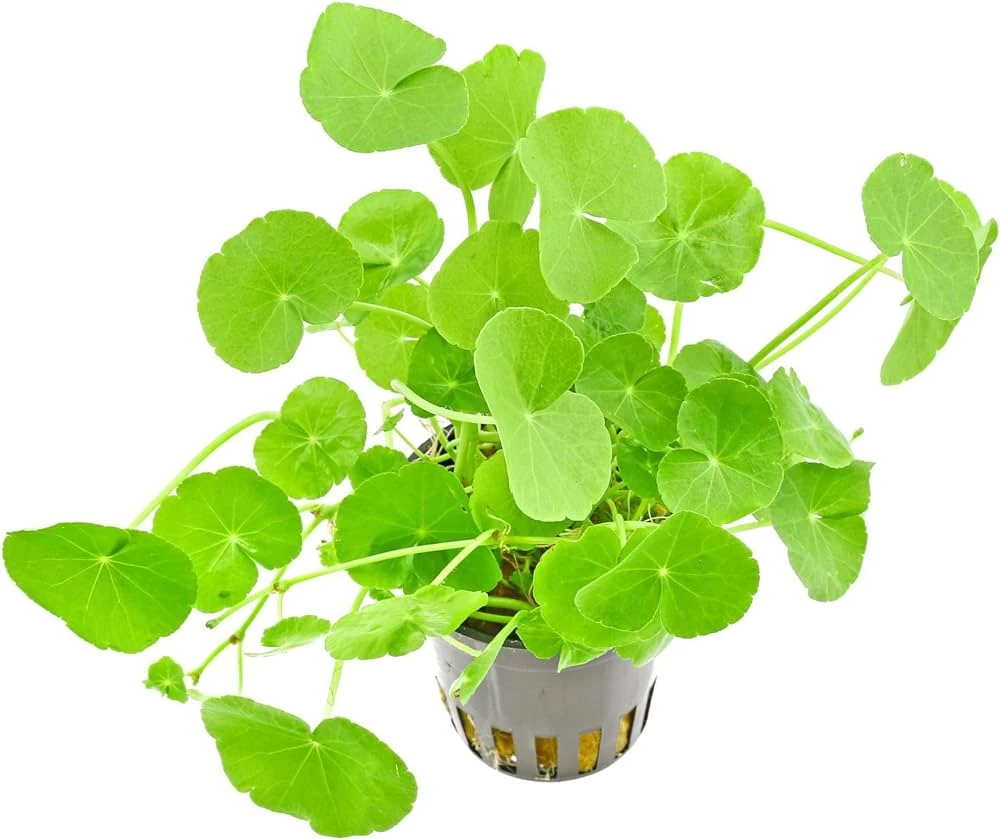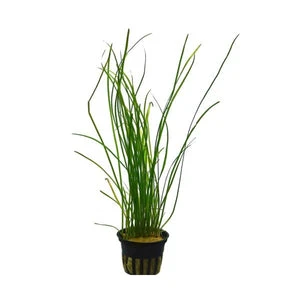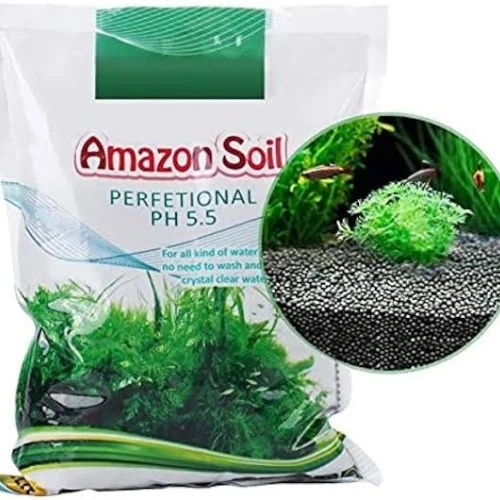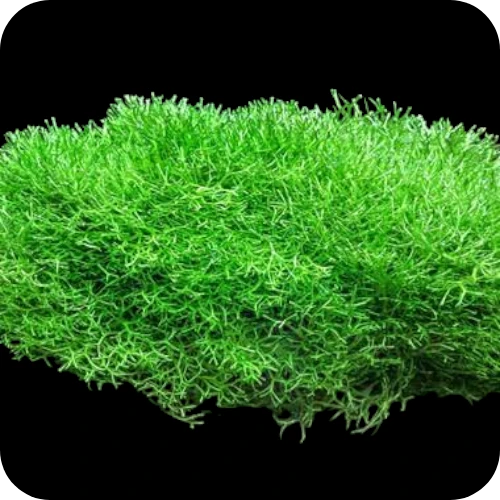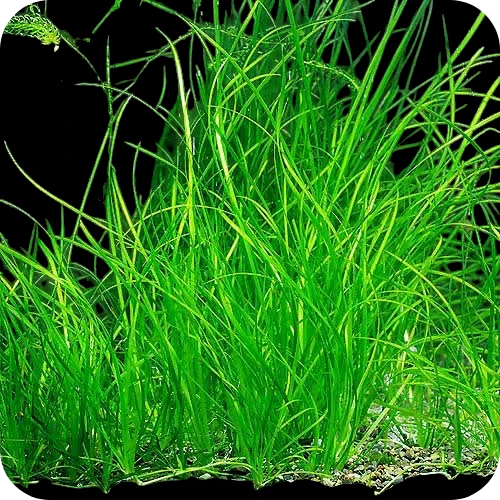Hair grass, commonly referred to as Eleocharis species, is a popular choice for creating a lush, green carpet in freshwater aquariums. It is appreciated for its fine, grass-like appearance and its ability to spread and cover the substrate, providing a natural and aesthetically pleasing look.
Here are some key points about hair grass:
1. Species: The most common types used in aquariums are *Eleocharis acicularis* (dwarf hair grass) and *Eleocharis parvula*. Both species have similar care requirements and appearance.
2. Appearance: Hair grass features thin, green, hair-like leaves that grow vertically. When planted densely, it creates a carpet effect that can cover the entire substrate of an aquarium.
3. Lighting: Moderate to high lighting is recommended to promote healthy growth and encourage the plant to spread. Inadequate lighting may result in slower growth and less dense coverage.
4. Water Conditions: Hair grass thrives in a range of water conditions but prefers slightly acidic to neutral pH levels (6.0-7.5) and temperatures between 70-82°F (21-28°C).
5. Substrate: A nutrient-rich substrate is beneficial for the growth of hair grass. Fine-grained substrates like sand or aquarium soil are ideal for anchoring the roots.
6. CO₂ and Nutrients: While hair grass can grow without CO₂ injection, providing CO₂ will significantly enhance its growth rate and density. Regular fertilization with a comprehensive liquid fertilizer or root tabs will also support healthy growth.
7. Propagation: Hair grass spreads through runners, which are horizontal stems that produce new shoots. To propagate, you can divide the runners and replant them in the substrate. This helps to encourage faster spreading and denser coverage.
8. Trimming: Regular trimming is important to maintain a neat appearance and prevent the grass from growing too tall. Trim the leaves to the desired height using scissors.
9. Placement: Hair grass is typically used in the foreground of aquariums to create a carpet effect. It can also be used to fill in spaces between rocks and other hardscape elements.
10. Compatibility: Hair grass is compatible with most freshwater fish and invertebrates. However, it may be uprooted by larger, digging fish, so it's best suited for tanks with smaller, non-destructive inhabitants.
If you need more specific information or have any questions about growing or caring for hair grass, feel free to ask!



